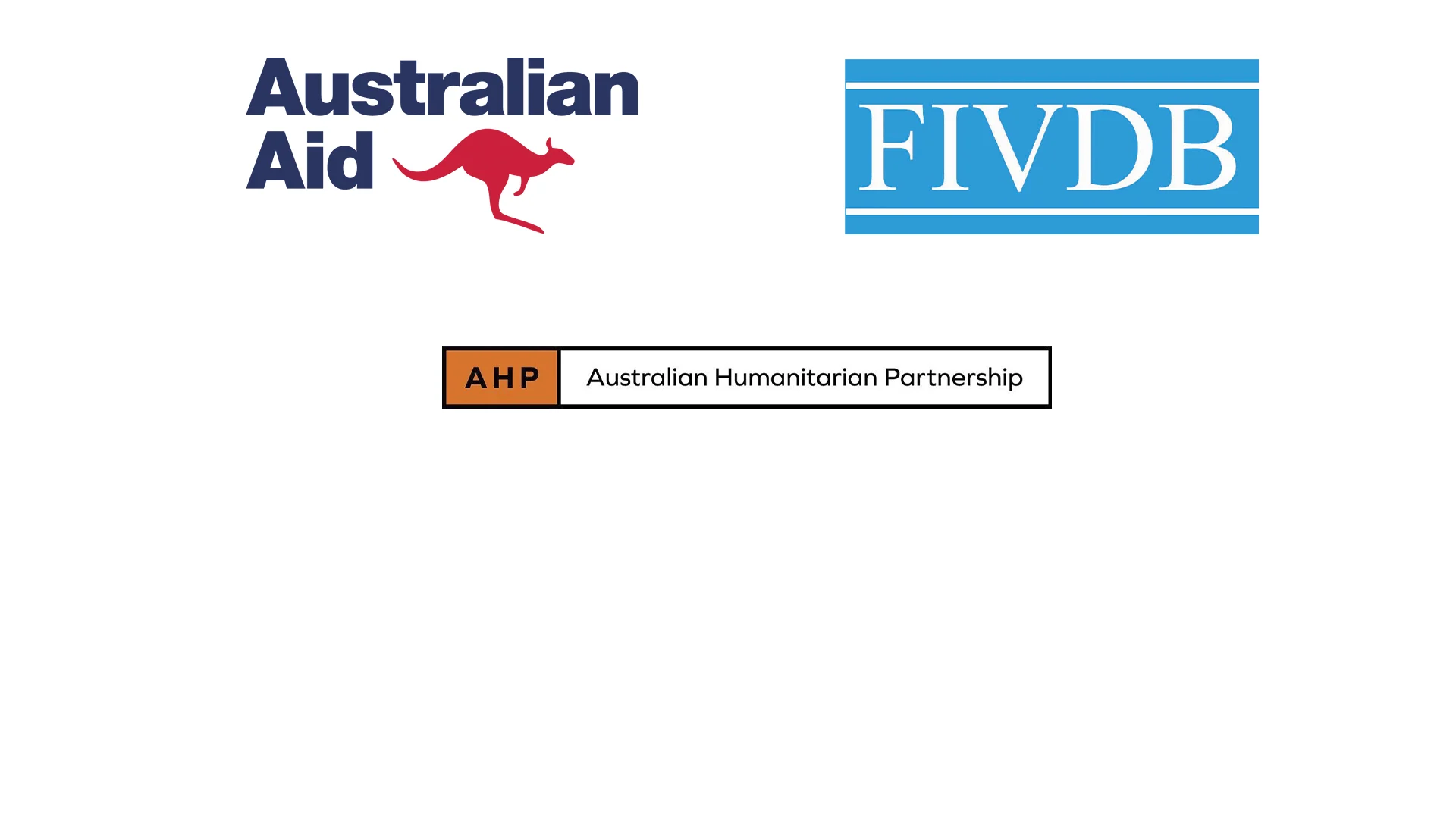overcoming barriers to education in Bangladesh
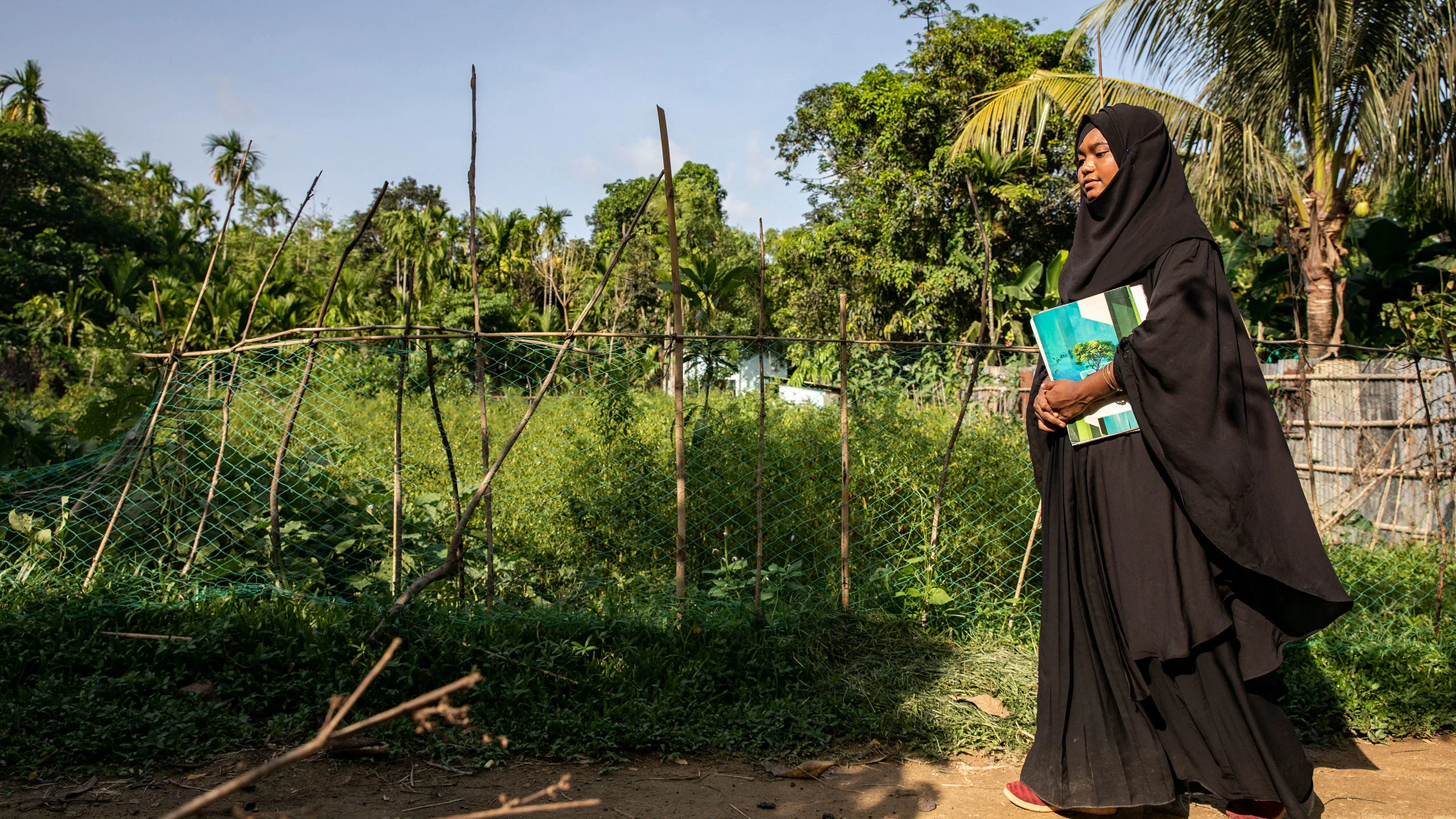
In September 2017 the world watched as hundreds of thousands of Rohingya fled their homes in Myanmar, the vast majority across the border into Bangladesh. As a result of this crisis, there are now approximately 919,000 stateless Rohingya refugees living in the Cox’s Bazar district of Bangladesh. The majority of these refugees now live in some of the largest and most densely populated refugee camps in the world.
The effect this has had on the population of Cox’s Bazar cannot be understated. There were already around 200,000 Rohingya refugees living in the Cox’s Bazar area before 2017. The strain that this has put on the local population, or host communities, has pushed already stretched services to the limit.
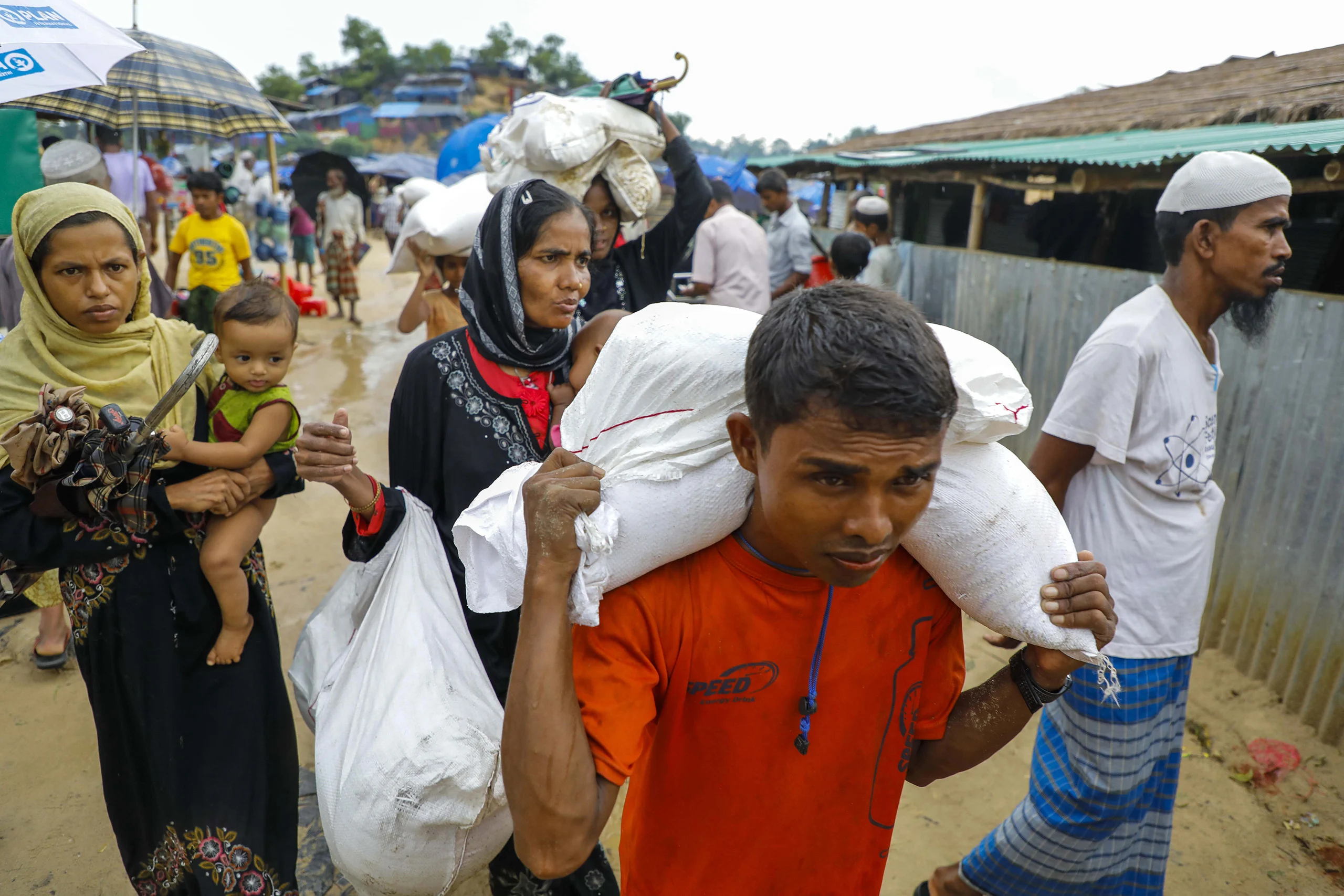
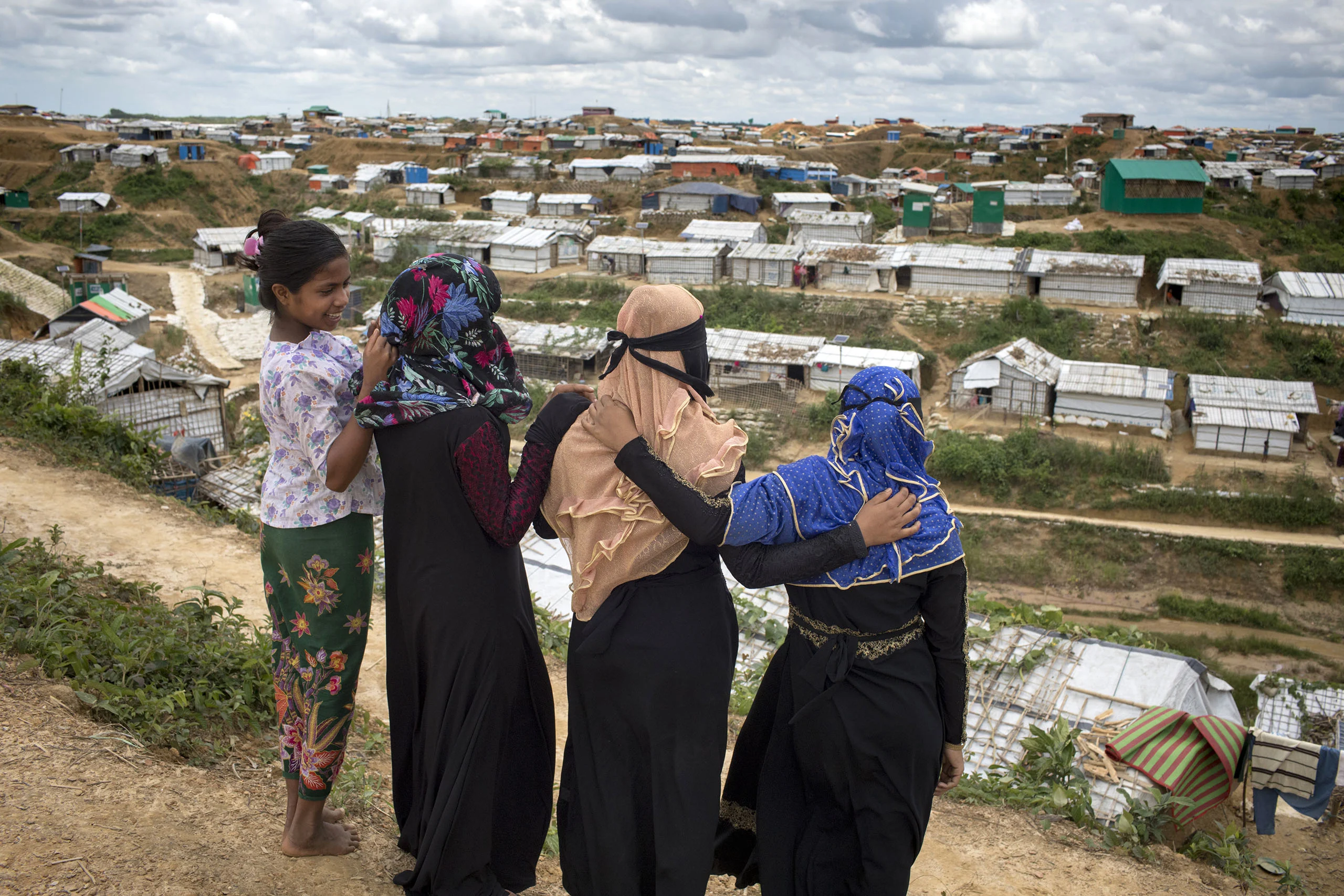
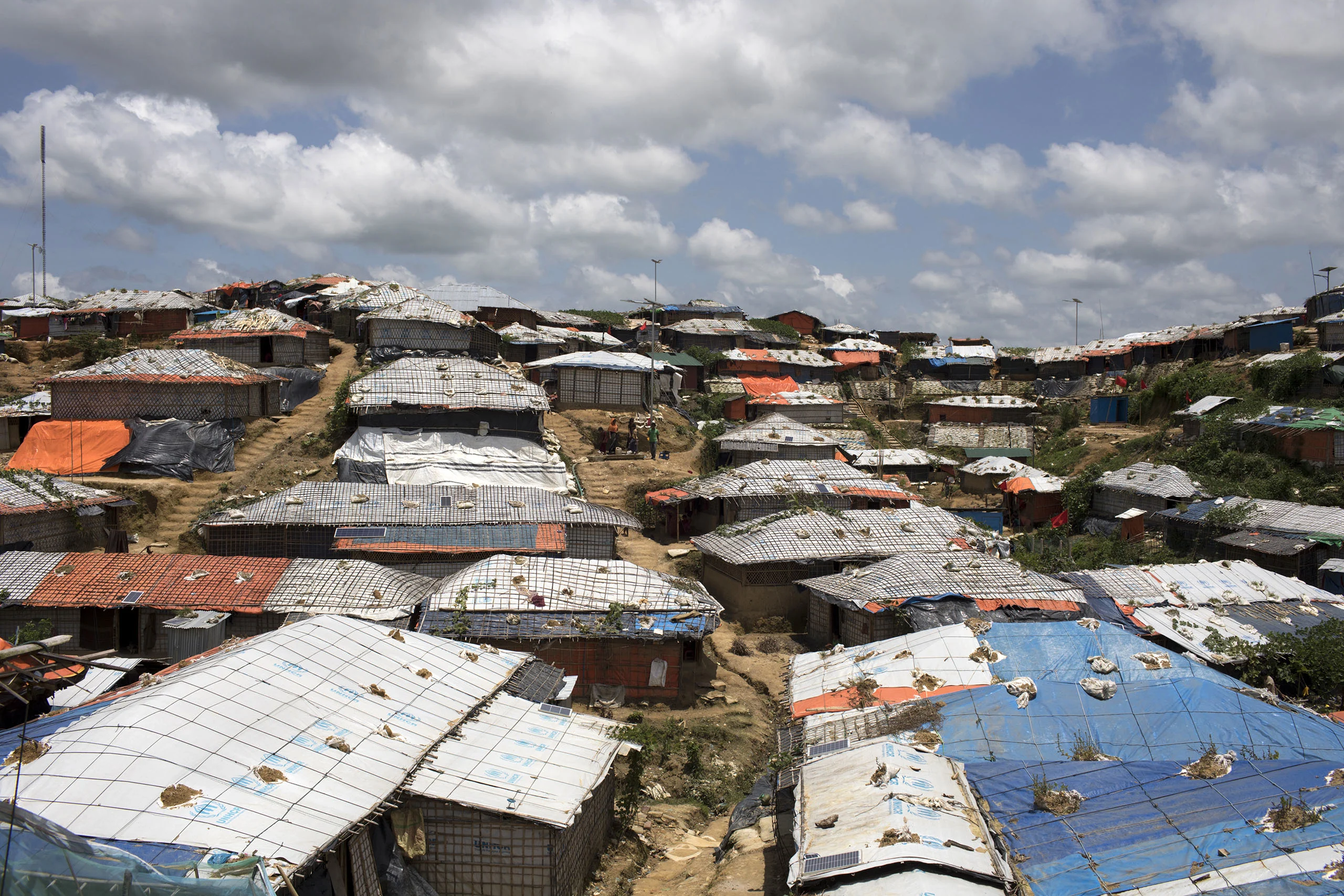



17-year-old Selina lives in a host community on the outskirts of the Kutupalong Refugee camp, the largest of the Rohingya camps. She attended school up until the age of eight, where she loved to study Bangla and English, hearing poems and playing with her friends. But even at that early age she knew that her education would not continue much further.
“Our school was so beautiful. I felt so good to be there. However, I knew that my parents would stop my studies.” She explains.
Many relatives and others within the community would tell Selina’s family that girls did not need an education. According to these relatives, if girls were educated it was harder for them to be married, as teachers would not allow them to be married early. And if they were to get a job after school, any money they earned would go to their new husbands, not to the parents.
“My parents stopped my studies due to this malicious talk. I suffered so much from this; it can’t be expressed in words.
At that time, I thought it was wrong to be born a girl.
And when my friends used to go to school in front of me, it hurt me a lot.”
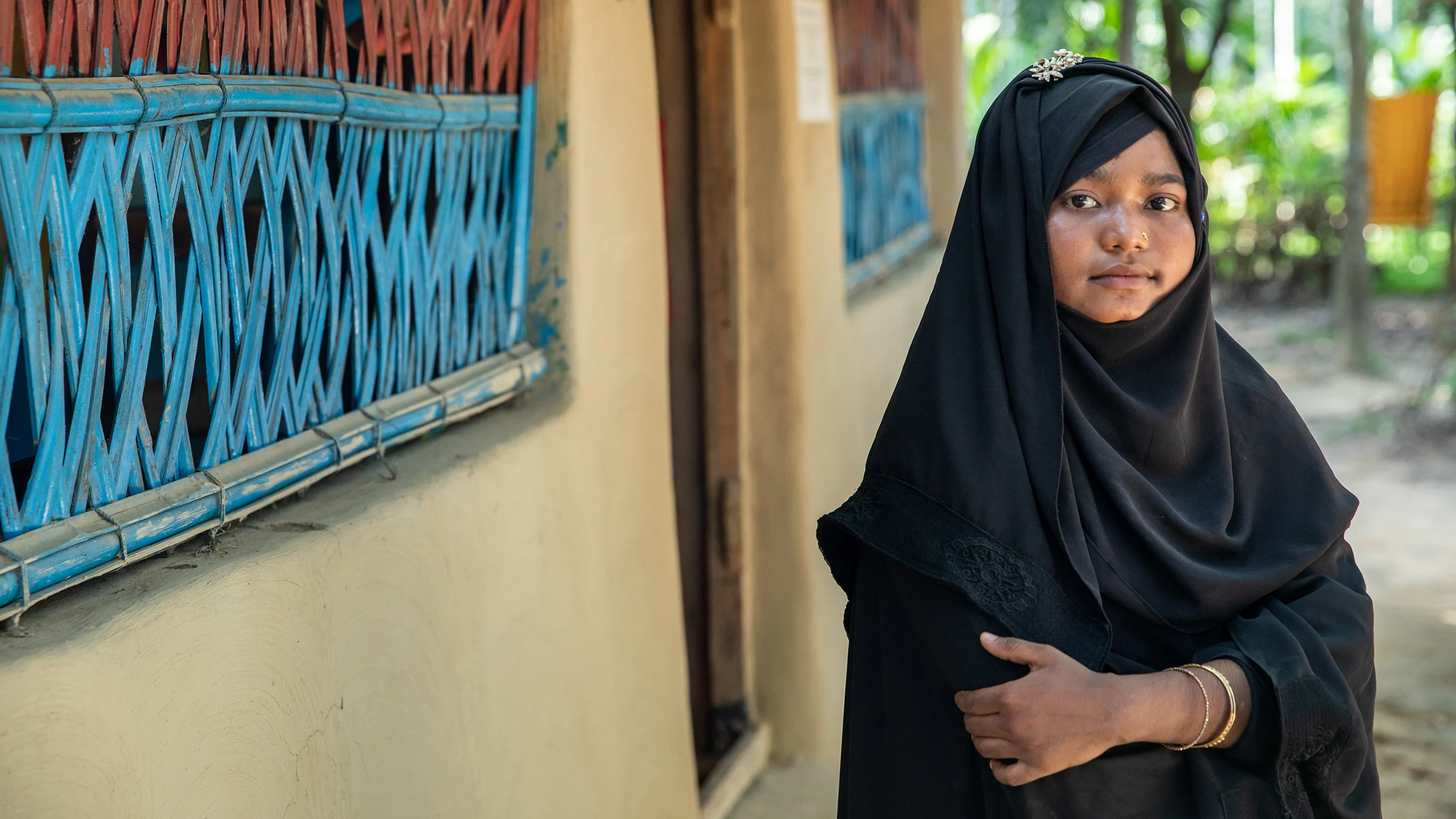
Selina was distraught, and found it very hard to watch her friends and old classmates heading to school every day. She tried to convince her parents to let her go back to school, but they refused. For the last nine years Selina has been helping with household chores such as washing clothes, dishes and helping with her two younger siblings.
Through the Australian Humanitarian Partnership (AHP), Plan International and its implementing partner, Friends in Village Development Bangladesh, have established 55 Community Based Youth Clubs (CBYCs) throughout the Rohingya refugee camps and host communities in Cox’s Bazar district. The clubs aim to provide adolescent girls and boys aged 15-24, like Selina, with access to inclusive and safe education pathways.
An integral part of the program is inviting local leaders and parents to take part in community dialogues about the importance of education, and after participating in one of these dialogues Selina’s parents agreed to let Selina attend a local youth club, to continue her education.
“I feel so good to come here to the Youth Club. I can study with my friends and can play with them in class breaks.
I am currently in level two and I love to study Bangla and English here as well.
When I studied previously, I could not read. I could not even recognize letters.
Now I can recognize letters and can read fluently.
I feel blessed to be here.”
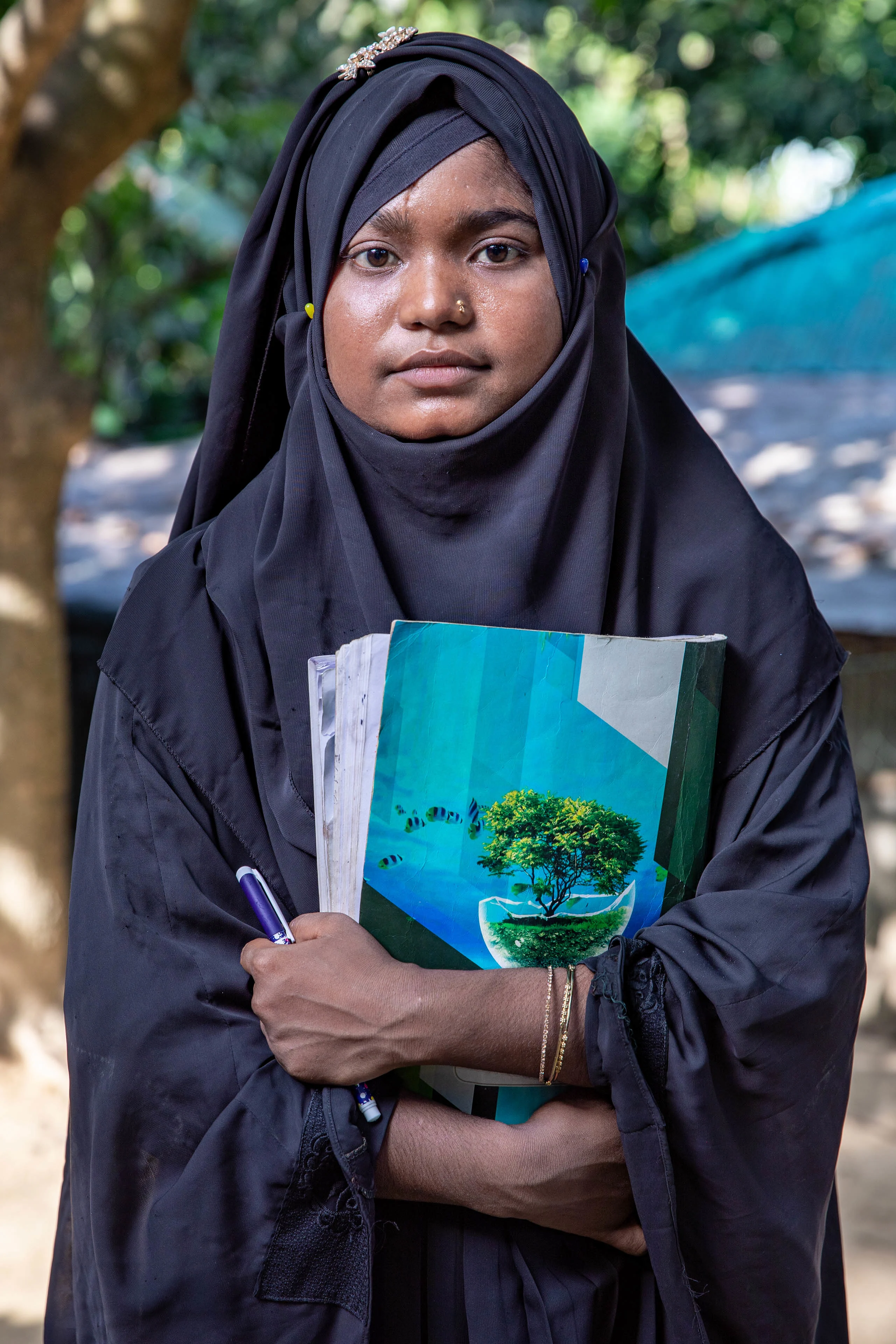
The Bangladesh Consortium Multi Year program in Cox’s Bazar is supported by the Australian Government through the Australian Humanitarian Partnership.
